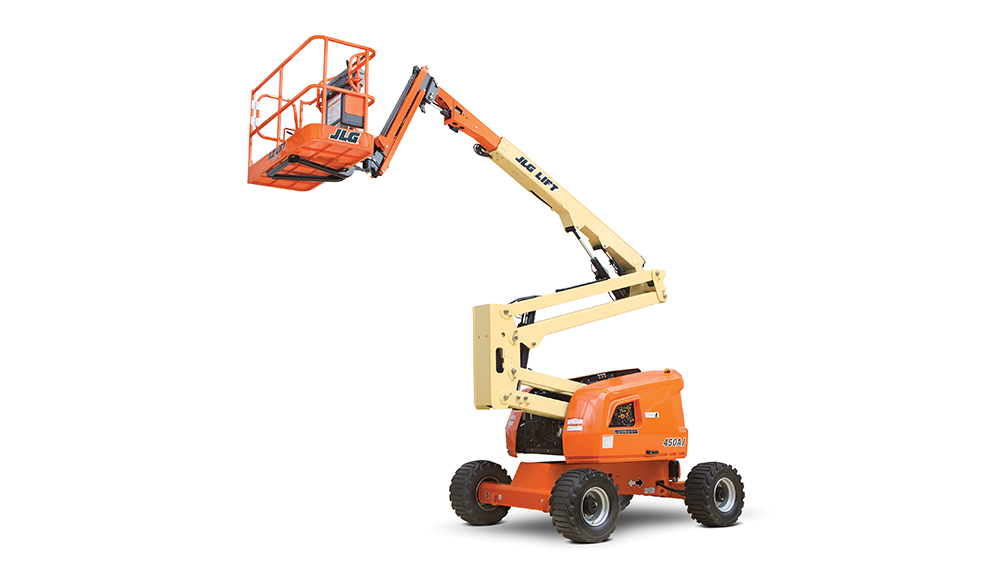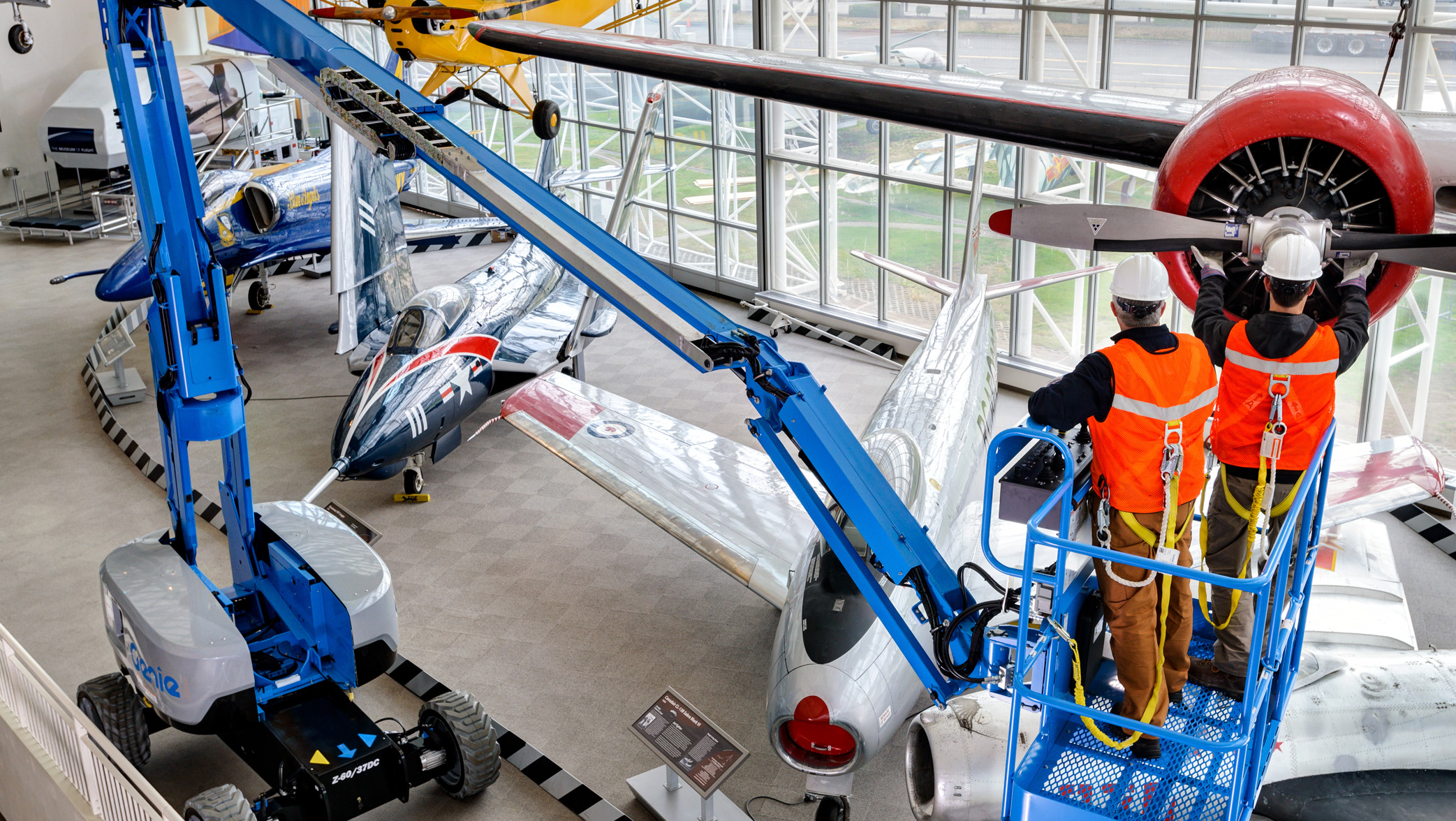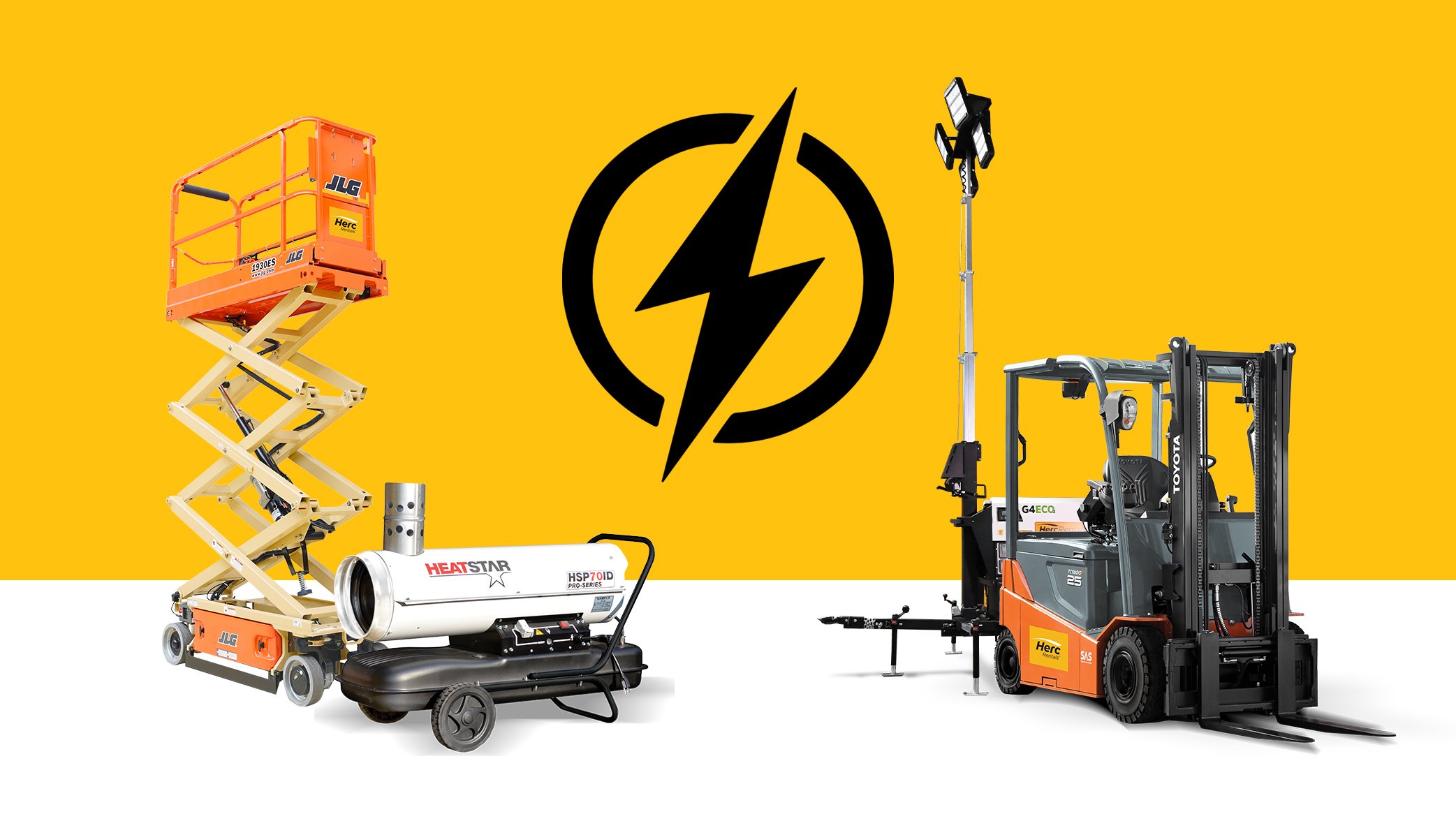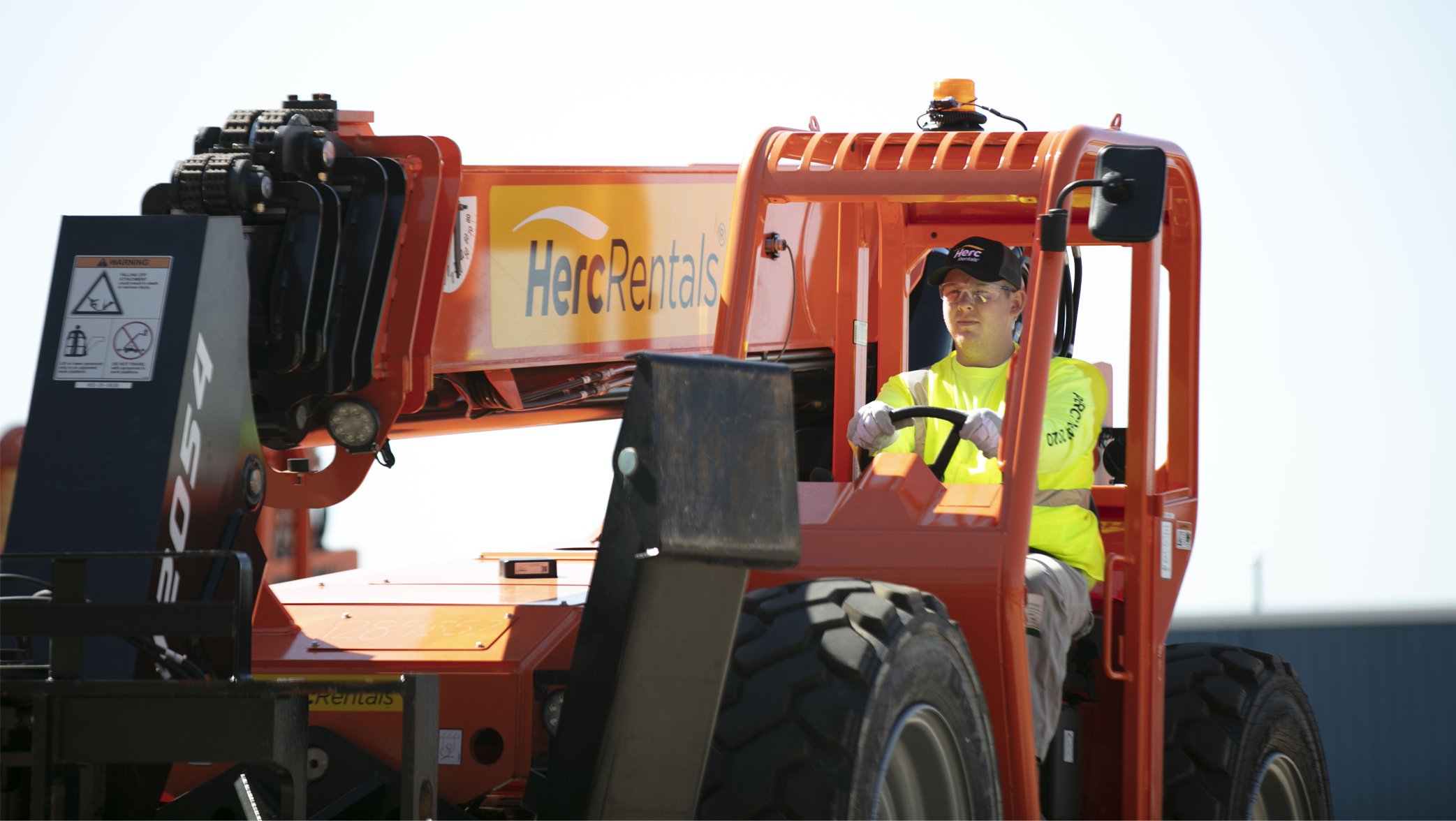Understanding the new MEWP, ANSI and CSA requirements
Aerial work platforms (AWPs) will have a new name in December – and that’s just the beginning of the changes to standards that govern this equipment.
Beginning in December 2019, AWPs will be called mobile elevating work platforms (MEWPs) and is one of the more minor changes in the standards affecting equipment manufacturers, dealers, equipment rental companies, contractors, equipment supervisors and operators.
The new standards affect all industry stakeholders and represent the most significant changes since the standards were first published. The standards provide a comprehensive and systemic approach to promote the safe and effective use of the equipment.
“Any company that owns or operates any AWP product needs to understand they will be impacted by these changes,” said Dave Titus, the senior category management director at Herc Rentals. “We want everyone to start planning how to become compliant with the new standards.”
The American National Standards Institute approved the changes to standards in December 2018. The adopted changes nearly mirror those made by the Canadian Standards Association, which have been in effect since May 2017.
“The immediate impact to employers and MEWP operators is the requirement of all operators to be recertified under the new standards, even if their current AWP certification is valid, and a jobsite supervisor must be trained as well,” Titus said.
Going forward, both operators and supervisors are required to receive training before using the equipment. While operators will get instruction on use and safe operation of the lifts, supervisors will be trained in placement, proper risk assessment and observation of safe use by operators, Titus said.
In response to the new ANSI 92 standards, both JLG Industries and Genie have recently added MEWP supervisor training to their existing training program.
“Beyond being a requirement under the new ANSI standards, this is critically important safety training for anyone who supervises or plans to supervise employees who operate MEWPs,” said Rick Smith, JLG’s senior director of global product training.
“Our goal with this new course is to get jobsite supervisors up to speed with the new standards efficiently and effectively, while continuing to promote safety,” added Genie Senior Training Manager Scott Owyen.
Manufacturers have already started making technological improvements to the lifts to enhance safety. These changes include an automatic shut off when parameters pertaining to lift overload, wind effect and chassis tilt are exceeded.

Changes operators will see on ANSI 92 complaint scissor lifts include:
- Audible and Visual Overload Indicator: Indicator activated when weight on platform exceeds capacity. If activated, machine functionality will be disabled allowing the operator to only lower the platform.
- Indoor/Outdoor
Selector Switch: Electric
scissor lifts will be rated with different platform capacities depending on
indoor or outdoor use.
- Some lifts will be indoor rated only, thereby operation of the lift outdoors, other than in the stowed position, is prohibited.
- Railing
Height and Toe Guards Increase:
Guardrails on the platforms will be at least 43.3-inches high while toe guards will
be more than 3-inches.
- Railing heights on 19’ and below scissor lifts have been increased under ANSI 92, therefore railings will need to be lowered when driving through a standard man door.

Operational changes to boom lift standards include:
- Platform Load Sensing System: This new safety measure monitors weight in the basket including occupants, tools and materials. If weight is exceeded, an audible and visual alarm will be triggered, and platform controls will be disabled.
- Capacity Zone Monitoring: This feature automatically identifies the capacity zone on boom lifts equipped with conditional envelope limits (dual capacity ratings). The system automatically prevents operation beyond the restricted zone if platform weight exceeds the rated capacity.
- Dynamic Terrain Sensing: Certain drive and boom functions will be disabled if the base of the lift exceeds the slope rating of the machine.



1 thought on “Aerial Work Platforms Face Sweeping Changes to Standards”
Comments are closed.